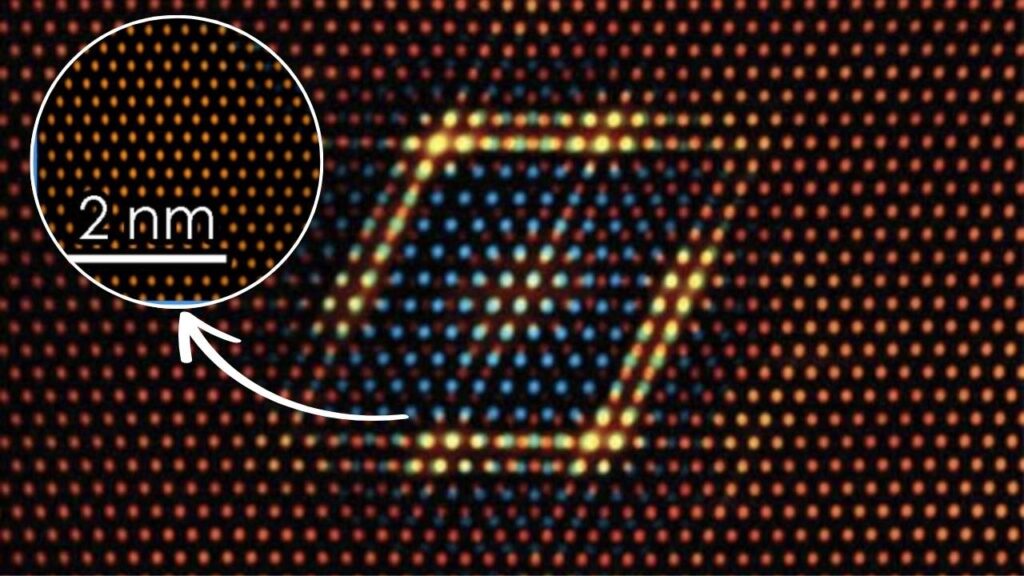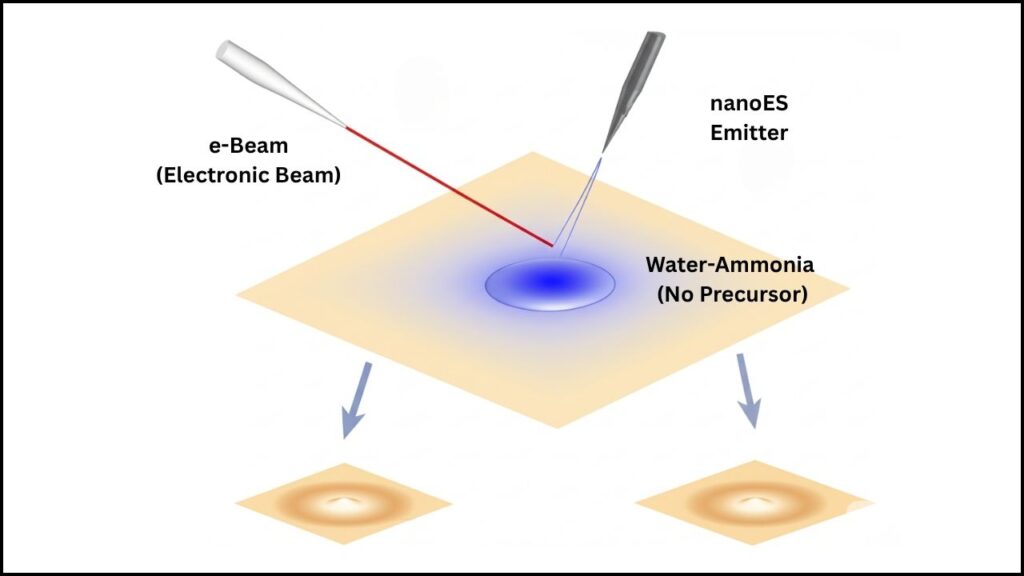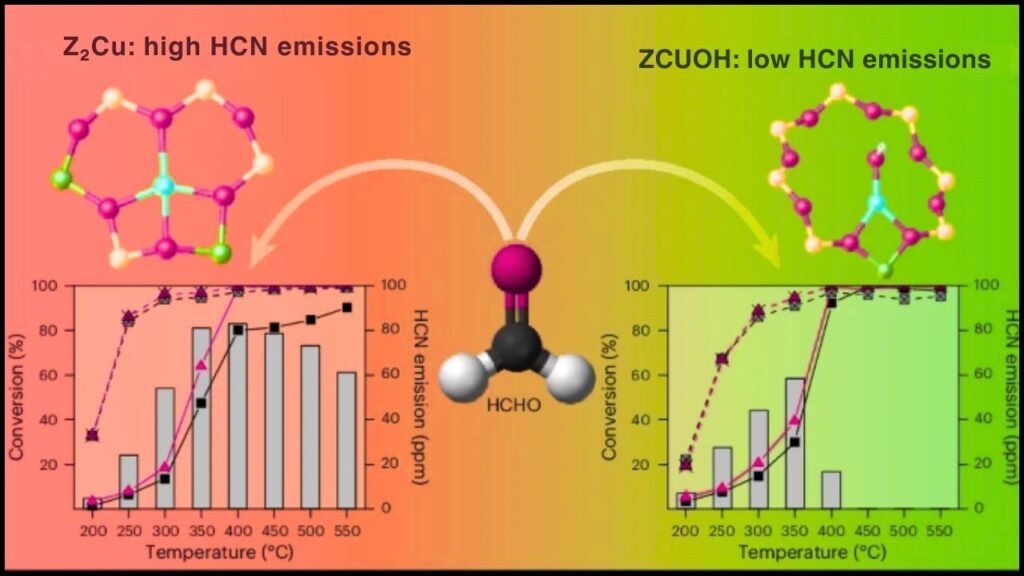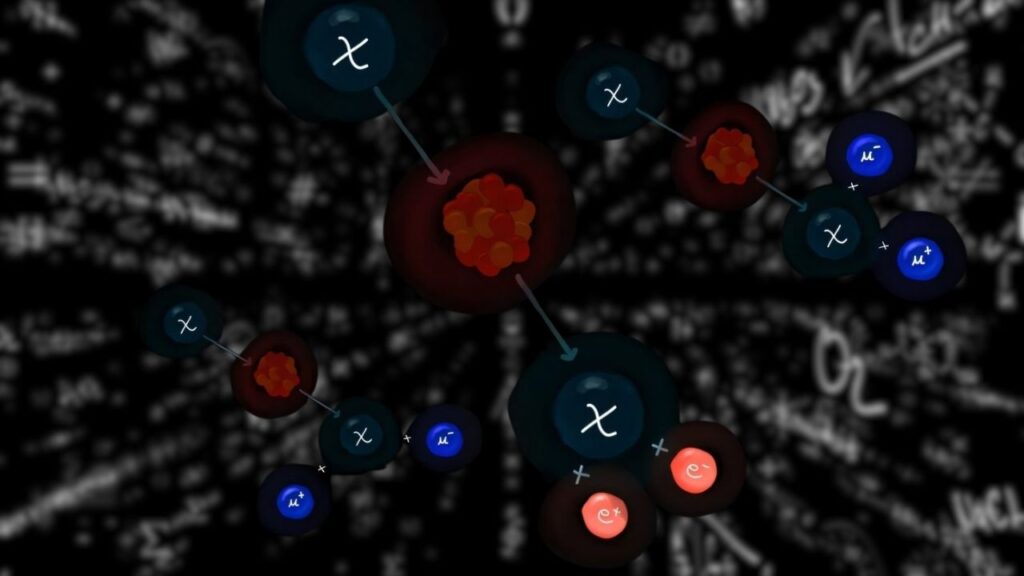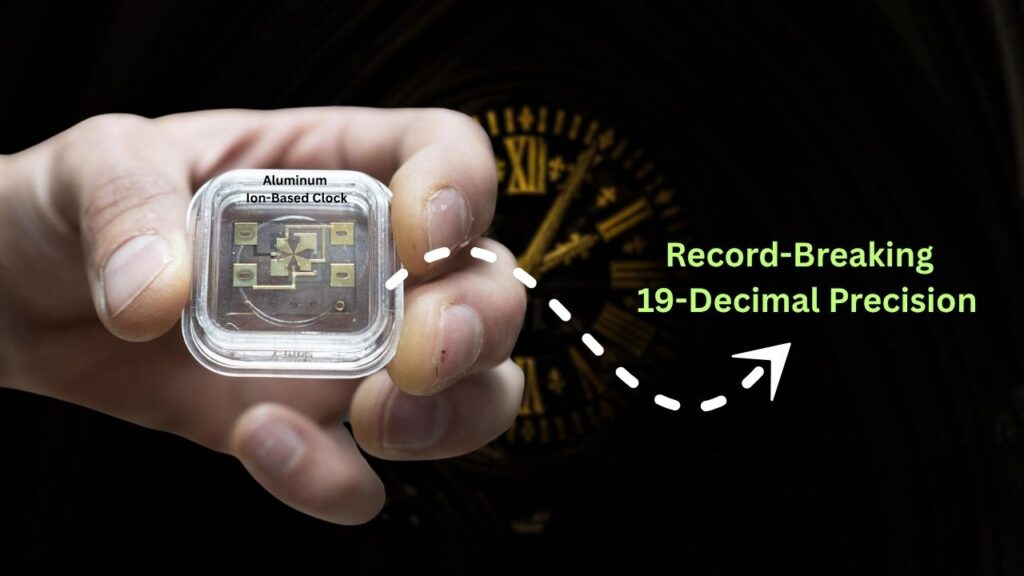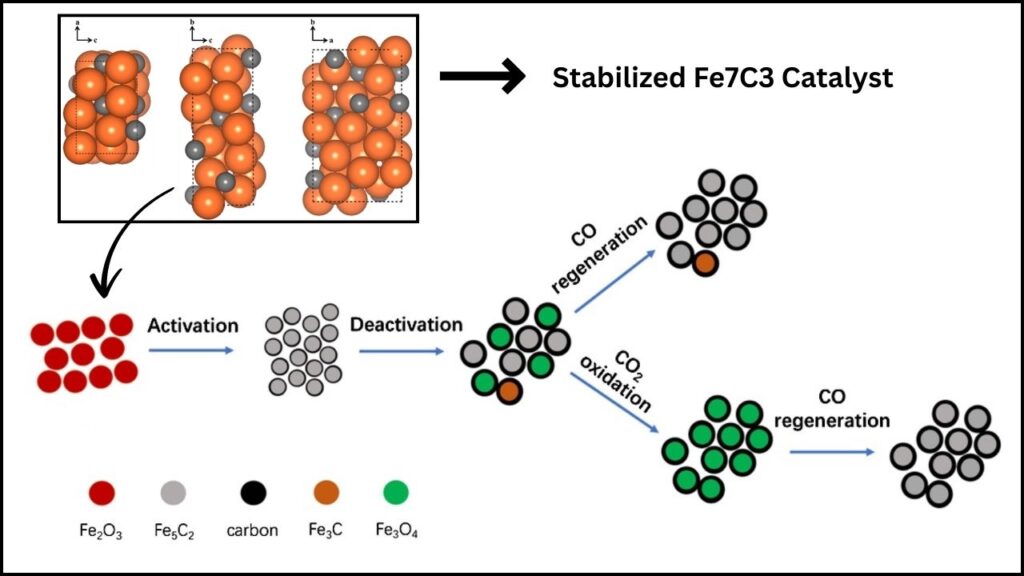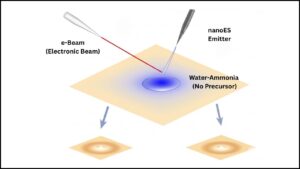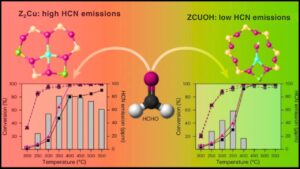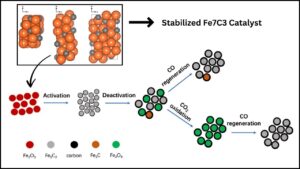Proton conductivity in ceramics is a crucial process powering modern energy technologies such as fuel cells and batteries. Recently, scientists have discovered a remarkable mid-infrared light trick that significantly enhances proton flow in ceramics, potentially revolutionizing how energy devices operate. This breakthrough utilizes mid-infrared (MIR) light to selectively excite atomic vibrations linked to proton movement, resulting in an unprecedented boost in conductivity.

In this article, we will explore this innovative discovery in simple terms while delivering practical insights for both curious readers and industry professionals. We’ll also provide a detailed guide on how this technology works and its promising implications for energy systems worldwide.
Table of Contents
Breakthrough Mid-Infrared Light Trick Boosts Proton Flow In Ceramics
| Aspect | Details |
|---|---|
| Technology | Mid-infrared (MIR) light resonance-enhanced proton conductivity in ceramics |
| Material Focus | Yttrium-doped barium zirconate (proton-conducting ceramic) |
| Performance Boost | 36.8% increase in bulk proton conductivity; 53.0% increase at grain boundaries |
| Power Usage | Uses 140 mW continuous-wave MIR light (energy-efficient method) |
| Activation Energy Impact | Reduction in activation energy and entropy for proton hopping |
| Applications | Protonic ceramic fuel cells, electrolyzers, solid-state batteries, hydrogen energy tech |
| Research Publication | Nature Communications, 2025 |
| Official Source | Nature Communications Article |
The discovery of mid-infrared light resonance-enhanced proton conductivity in ceramics marks a significant leap toward more efficient, lower-cost energy devices. By harnessing the power of light to excite atomic vibrations that accelerate proton flow, researchers have unlocked a practical pathway to improve the performance of protonic ceramic fuel cells, electrolyzers, and possibly batteries.
This method’s unique blend of energy efficiency, material longevity, and performance boost offers an exciting horizon for a cleaner, more sustainable energy future. The continuous refinement and potential commercialization of this technology will undoubtedly influence the energy sector profoundly.
What Is Proton Conductivity in Ceramics and Why It Matters?
Proton conductivity refers to the ability of protons (hydrogen ions) to move through a material. In ceramics, certain materials can allow protons to flow, which is essential for devices like protonic ceramic fuel cells and electrolyzers—key technologies for clean and efficient energy conversion and storage.
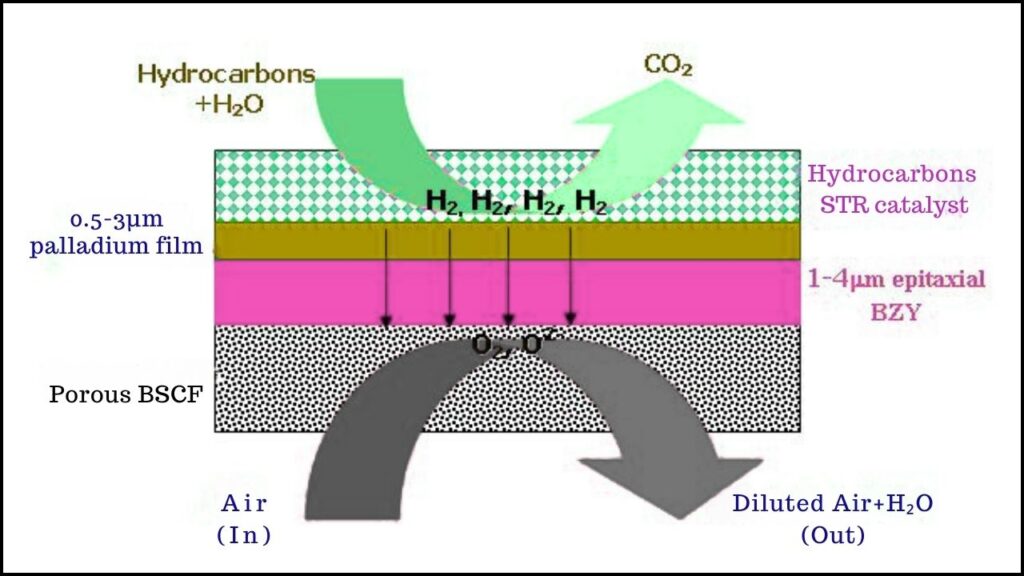
Traditional methods to improve proton conductivity often require high temperatures or complex material engineering, which escalates operational costs and reduces device lifespan. Innovations that can boost conductivity while lowering energy consumption can transform these technologies, making renewable and clean energy solutions more viable on a large scale.
How Does the Mid-Infrared Light Trick Work?
The breakthrough involves shining a continuous-wave mid-infrared (MIR) light, at a power of just 140 milliwatts, onto yttrium-doped barium zirconate, a ceramic noted for its proton conductivity. This light targets the O-H (oxygen-hydrogen) stretch vibrations within the ceramic structure, which relate directly to proton movement.
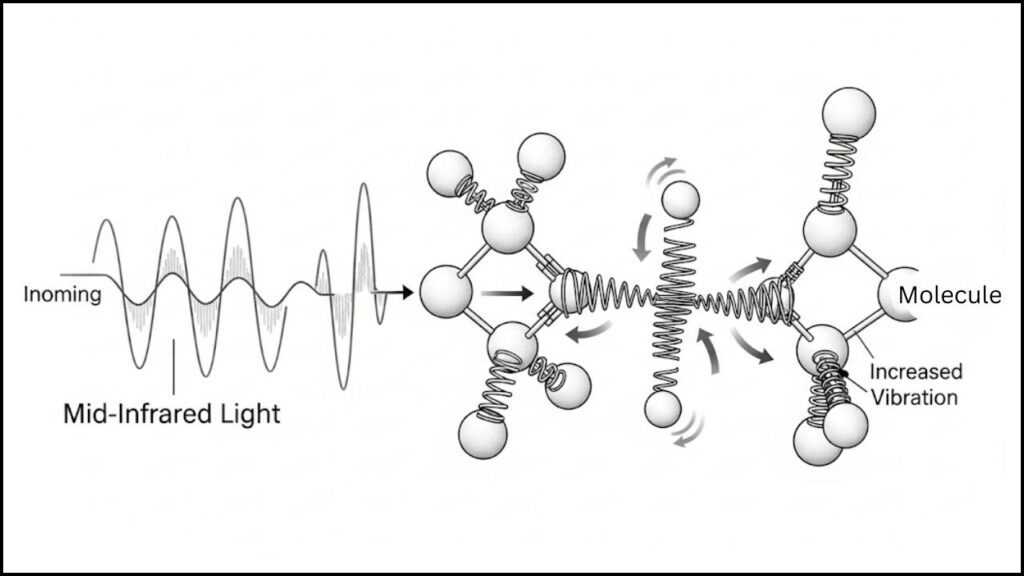
Why Target O-H Vibrations?
Inside the ceramic, protons are typically bonded with oxygen atoms. When these O-H bonds vibrate, protons can hop more easily from one oxygen site to another, enhancing their mobility. The MIR light resonates at a wavelength of around 3 micrometers, perfectly matching the natural vibration frequency of the O-H bond.
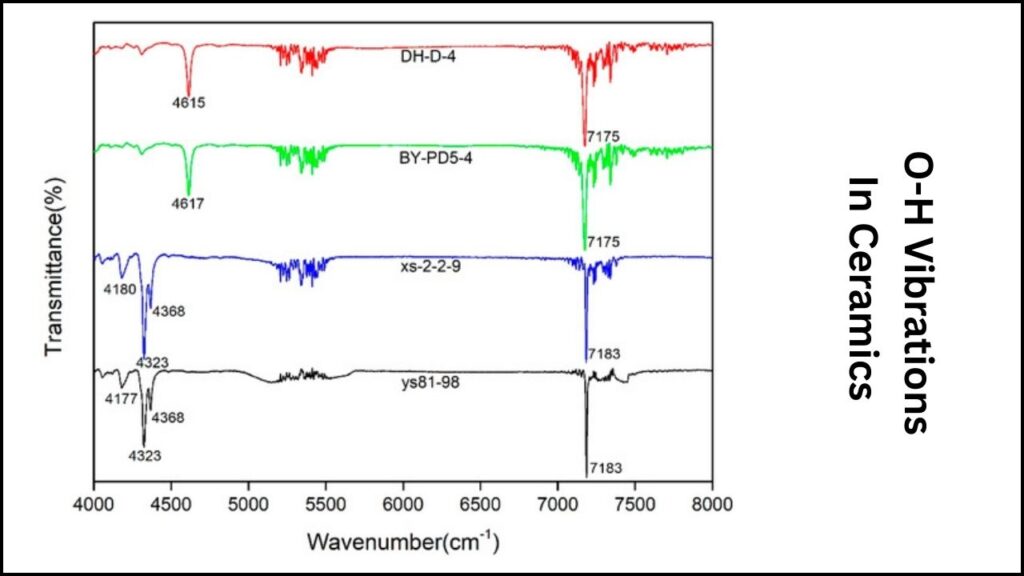
The Science Behind the Boost
By exciting these vibrations with MIR light:
- The activation energy (energy barrier protons must overcome to move) decreases.
- The lattice vibrations of the crystal structure become modulated.
- Proton hopping rates increase significantly.
This leads to reversible and controllable enhancements in proton conductivity; researchers observed a 36.8% increase in bulk conductivity and as much as 53.0% at grain boundaries, which are usually bottlenecks for ion flow.
Practical Benefits and Applications
This mid-infrared light trick is a game-changer for several reasons:
- Energy Efficiency: Unlike heating, MIR irradiation consumes minimal power while achieving noticeable conductivity improvements.
- Longevity: Operating devices at lower temperatures reduces wear and prolongs life.
- Cost Savings: Reduced energy costs and improved efficiency lower operational expenses.
- Device Performance: Enhanced proton flow boosts fuel cell output and battery charge-discharge rates.
Applications stretch across:
- Protonic ceramic fuel cells (PCCs) – converting hydrogen into electricity with high efficiency.
- Electrolyzers – producing clean hydrogen fuel from water.
- Solid-state batteries with enhanced ionic transport.
- Clean energy systems and hydrogen economy technologies.
A Step-by-Step Guide to Understanding and Implementing the Technology
Step 1: Choose the Right Ceramic Material
The core of this technology is ceramics with proton-conducting ability. Yttrium-doped barium zirconate remains a leading candidate because of its stability and high conductivity baseline.
Step 2: Apply Mid-Infrared Light
Use a continuous-wave mid-infrared light source with a power output around 140 mW operating near the 3-micrometer wavelength (targeting the O–H vibration).
Step 3: Monitor Proton Conductivity
Measure changes in proton conductivity with and without MIR light exposure. Expect substantial reversible improvements, especially in grain boundary regions where conductivity is typically lower.
Step 4: Integrate in Device Systems
Adapt fuel cells or battery designs to incorporate the MIR light source, ensuring that proton pathways coincide with the irradiation area.
Step 5: Optimize Operating Conditions
Fine-tune light intensity, exposure duration, and temperature conditions to balance device performance improvements and energy input.
Scientists Finally Solve the Mystery of Lightning — This Theory Changes Everything
AI-Created 3D Materials Let You Bend Light Like Never Before
Scientists Rewrite a Material’s Magnetic DNA Using Light: A Groundbreaking Leap in Material Science
FAQs About Breakthrough Mid-Infrared Light Trick Boosts Proton Flow In Ceramics
Q1: Is this technology ready for commercial use?
Research is promising, but industry-scale adoption will require further testing and prototype development to integrate MIR light sources efficiently.
Q2: Does this method increase the risk of material degradation?
No significant degradation has been reported; the MIR stimulation is non-destructive and reversible.
Q3: Can other ceramics benefit from this MIR light method?
Potentially yes, but the material must have proton-related vibrational modes that can be resonantly excited by MIR light.
Q4: How much energy does the MIR light consume compared to traditional heating?
MIR light uses significantly less energy—about 140 mW compared to several watts for heating—and thus is much more efficient.
Q5: Can this method improve battery technologies?
Enhanced ionic flow in solid electrolytes could benefit next-gen solid-state batteries, potentially improving charge rates and longevity.
